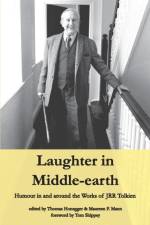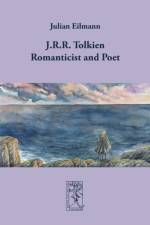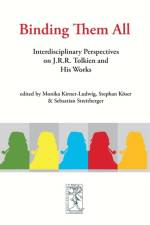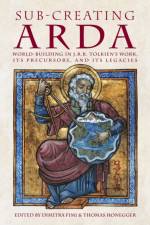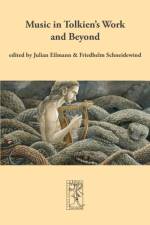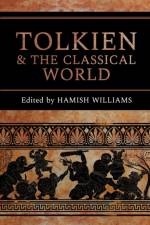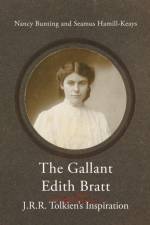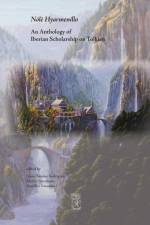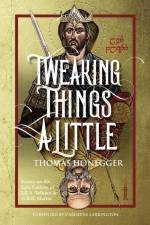287
The world of Tolkien's imagination is a virtually boundless universe, one in which multiple layers of cultural heritage revolve around his enduring passion for storytelling, fascination with languages and devotion to the Catholic faith. In effect, much of his fiction is an eclectic, though, at the same time, remarkably coherent, mixture in which certain elements of the old lore appear to be constantly reinvented, reimagined and reinterpreted to suit the tastes of the Professor's readers and listeners. It is a constant mediation between the world of the past (ancient, medieval or other) and the world in which he lived, an informed dialogue tinted by the writer's personal convictions and beliefs.Ever since the dawn of Tolkien scholarship, the majority of serious academic discussions concerning his works and ideas have brought into play this very dialogue, an oft-repeated journey, back and forth (much like Bilbo's own quest in The Hobbit), between Tolkien's Middle-earth and the other realms of human imagination, chiefly, though not exclusively, located in the north-western fringes of the European continent. It is precisely this kind of journey (or, rather, journeys), perilous and full of pitfalls, that the reader will undertake in the present book, guided by a group of six authors from Poland, scholars whose academic interests (apart from Tolkien) are wide and varied, ranging from the Greek Antiquity to the age of Queen Victoria.And so, to Middle-earth or, rather, there and back again! Let us delve into those multiple layers of Tolkien's fiction in search for some of the foremost sources of his literary inspiration. In this way, we might be able to observe Tolkien's worldbuilding processes at work and, by going there and back again, catch a glimpse of what, in his essay "On Fairy-stories", the writer himself referred to as "forming mental images of things not actually present".


